GIS Can Support a Racially Equitable Recovery
GIS can help organizations make equitable policy and planning decisions. For example, GIS can help understand who will benefit most from any policy or plan. To exemplify, we will review GIS resources for equitable planning. We will focus on three scenarios:
- Support Women- and/or Minority-Owned Businesses
- Plan Coronavirus Testing Site Locations Equitably
- Evaluate County Readiness for Relaxing Stay-at-Home Measures Equitably
Support Women- and/or Minority-Owned Businesses
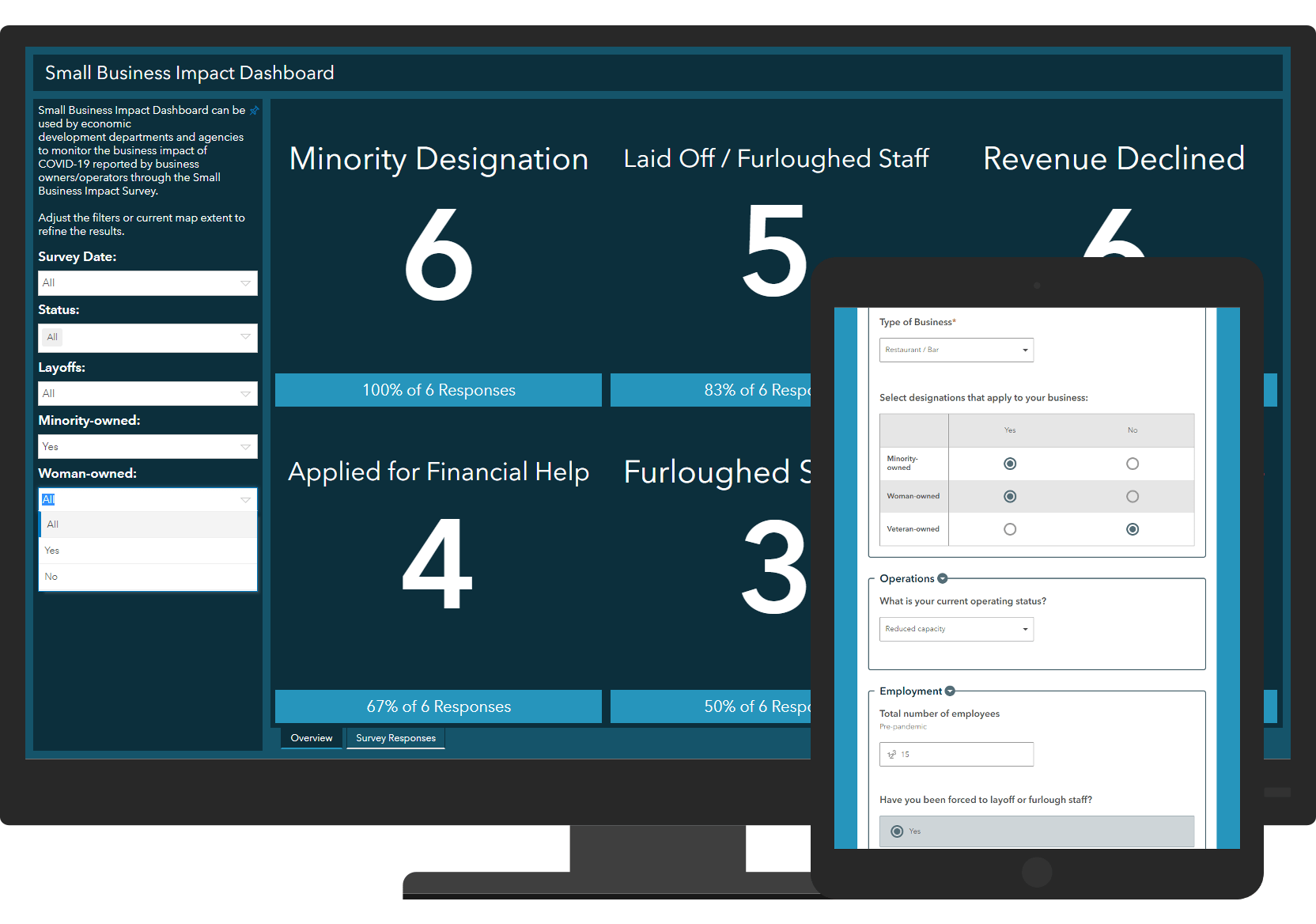
Plan Coronavirus Testing Site Locations Equitably
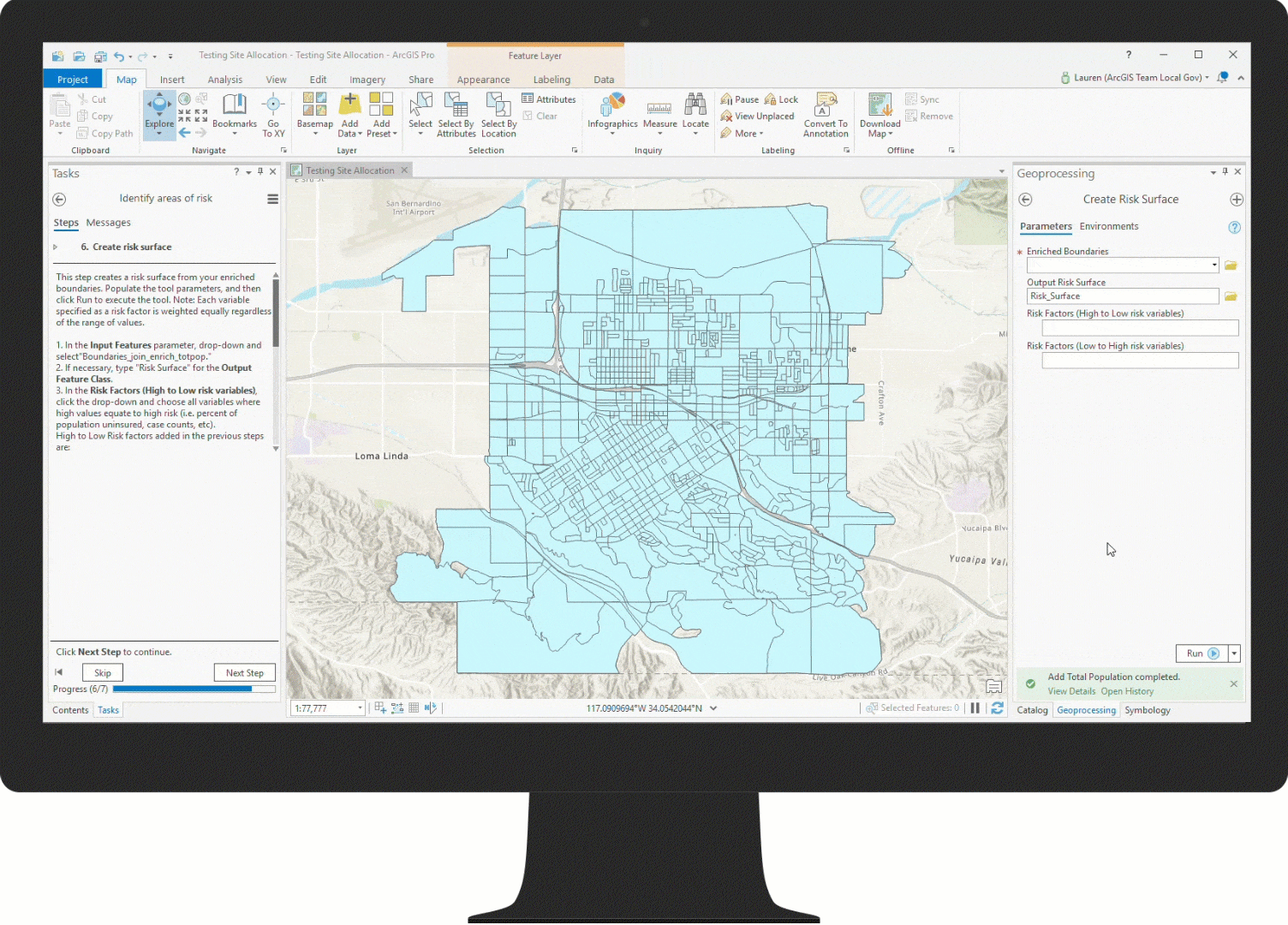
Finally, testing sites are only viable if residents know where they are and can access them. So, the solution includes a public-facing Testing Sites Locator application. Using the application, members of the public can find testing sites near them.
Evaluate County Readiness for Economic Reopening Equitably
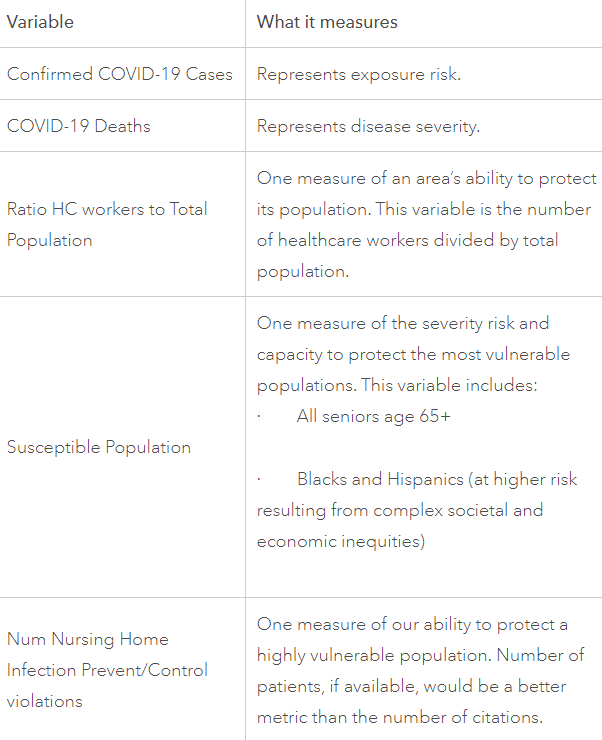
We Want to Hear From You
How is your organization planning a racially equitable COVID-19 recovery? Please share your success, tips, and challenges by commenting here. In addition, you can share your experience and questions using the GIS for Equity and Social Justice GeoNet Forum.


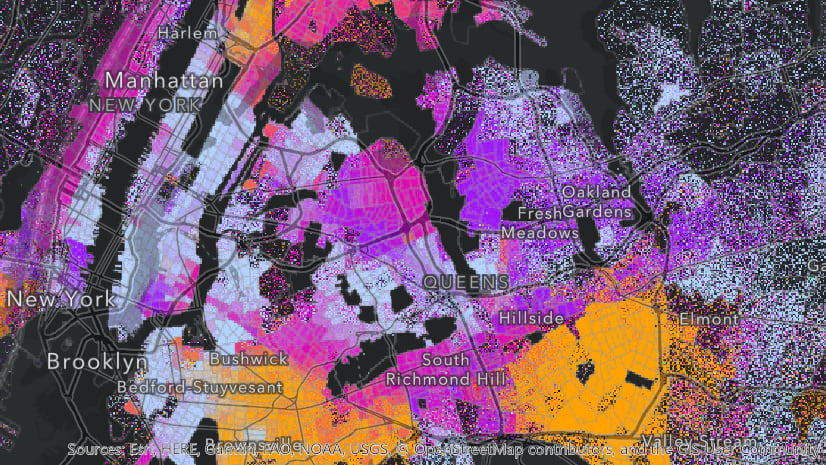
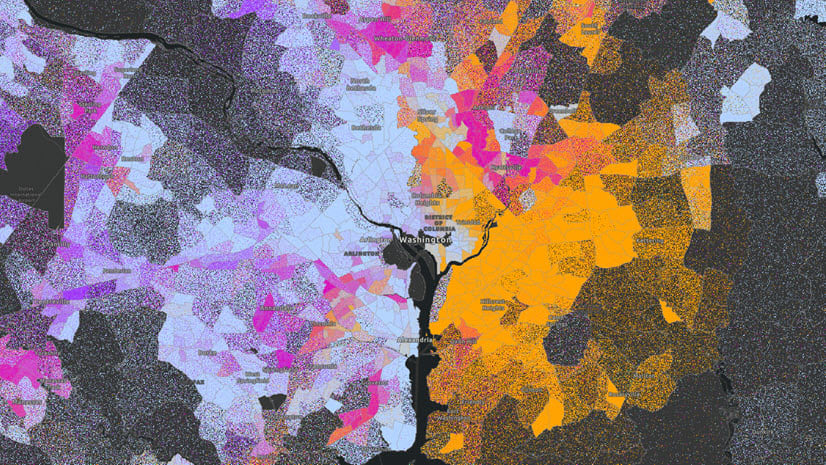
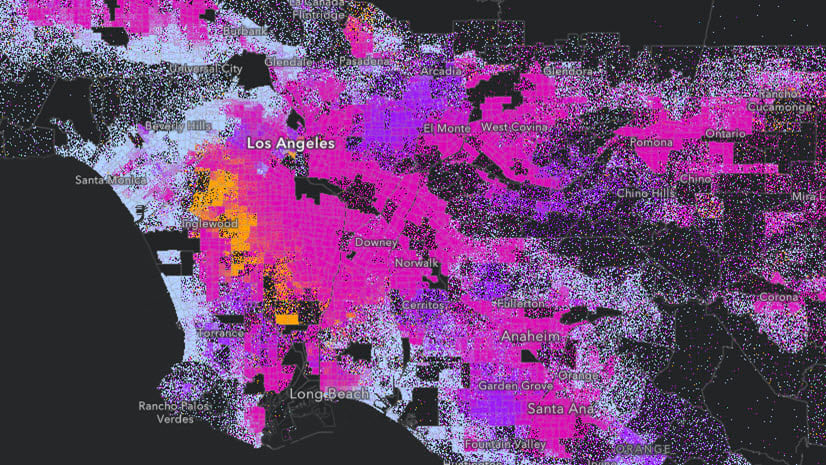
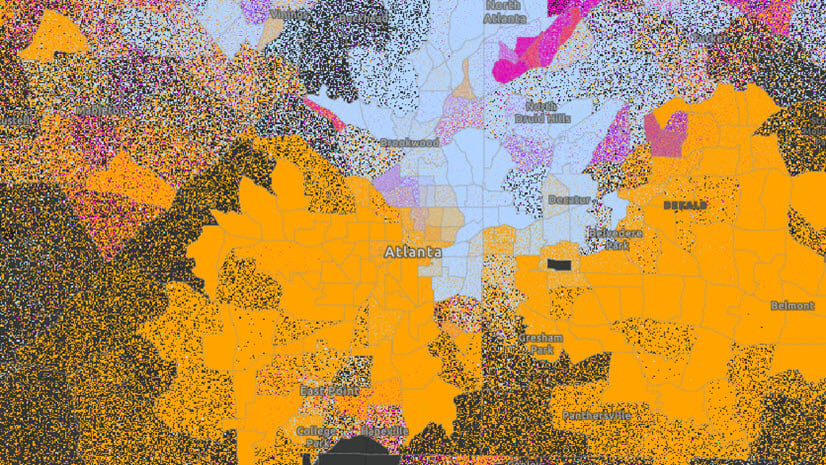
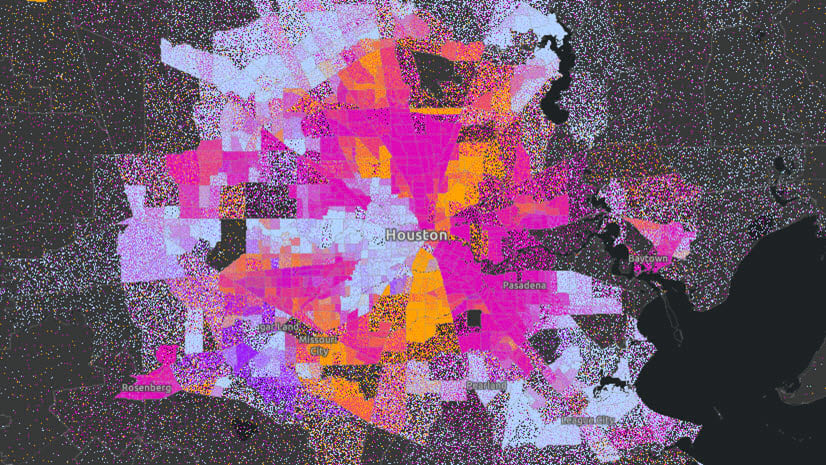
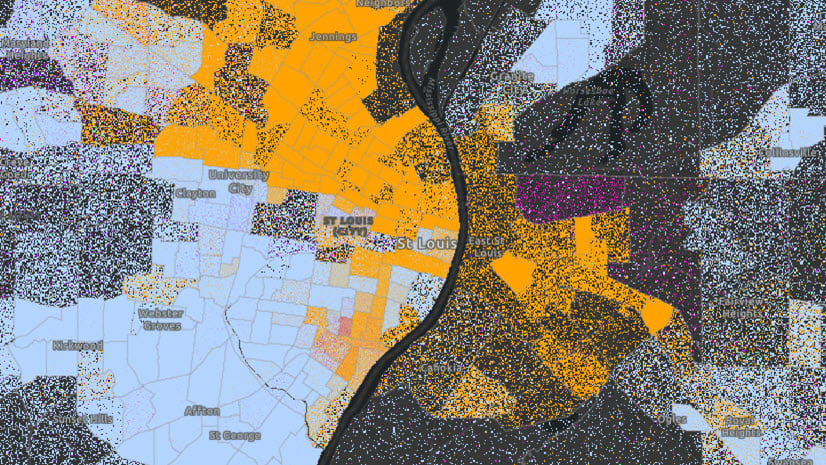
Article Discussion: